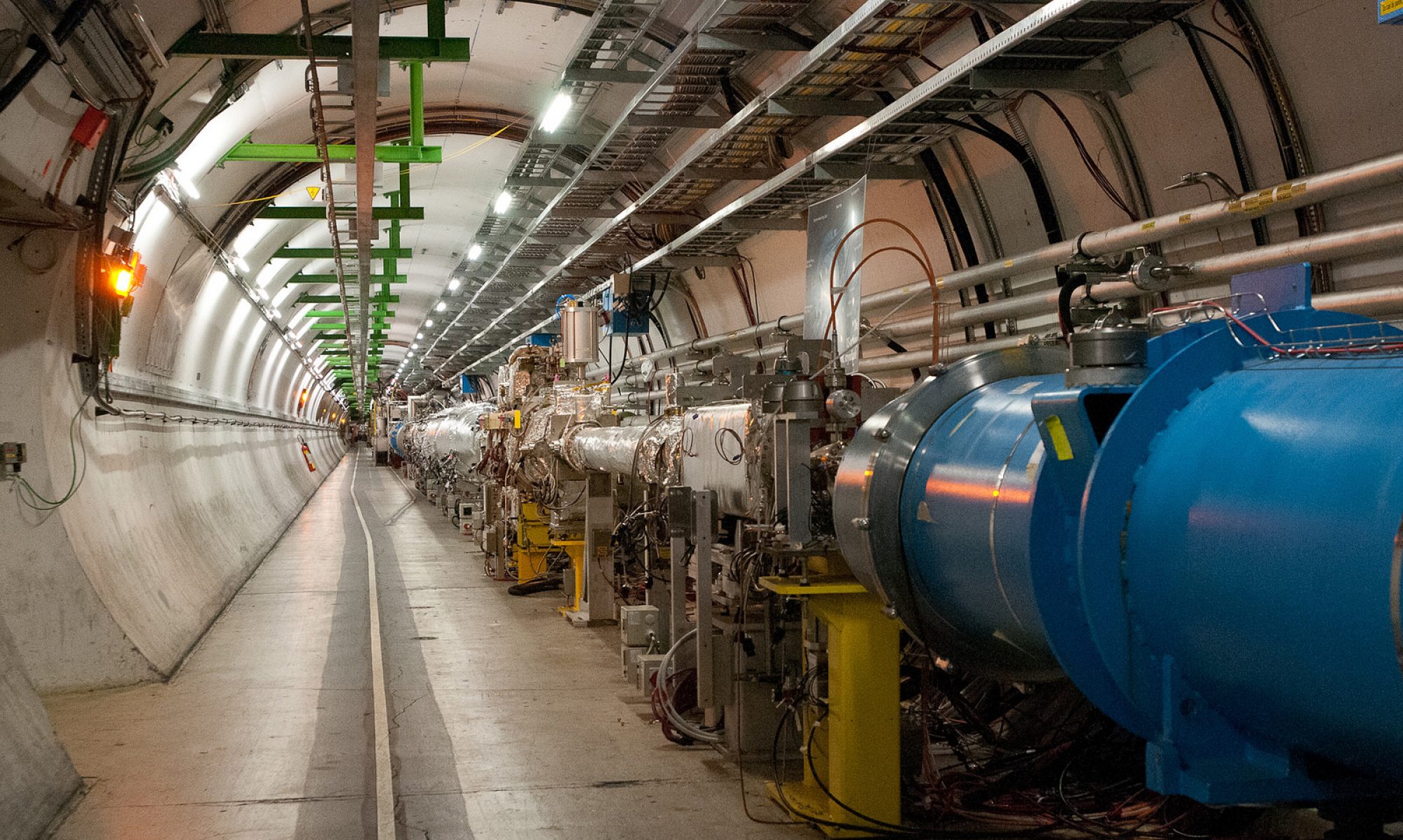I am pleased to announce my very first search for a post-doctoral researcher. The links to the official advertisement are at the bottom of this announcement [1], and the text of the advertisement is reproduced here. As a new faculty member at SMU, and as a new member of the established SMU ATLAS group, this is a very exciting moment for me. The opportunity to do great research and discover deep meaning in the structure of the universe has never been greater. At this new energy frontier, I look forward to working with a post-doc on the great questions surrounding the cosmos, particularly regarding the nature of dark matter, and to contributing to the development and well-being of the ATLAS experiment during operations. I welcome all interested people to contact me about this opportunity.
Post-doctoral research position on the ATLAS Experiment
The Department of Physics at Southern Methodist University (SMU) invites applications for a post-doctoral research position associated with the ATLAS experiment at the Large Hadron Collider. The SMU ATLAS group has a strong involvement in the hardware and electronics of the liquid argon calorimeter, data quality monitoring, and in preparations for physics analysis. There is interest to expand our efforts into the ATLAS trigger. The successful candidate is expected to be located at CERN and to contribute to ATLAS operations and to physics studies. Interested candidates should send a letter of application, curriculum vitae, list of publications, and arrange to have three letters of recommendation sent (preferably by e-mail) directly to:
Professor Stephen Sekula
Southern Methodist University
Physics Department
P.O. Box 0175
Dallas, TX 75275-0175
USA
E-mail: sekula@physics.smu.edu
Applications will be accepted until the position is filled. SMU is an equal-opportunity, affirmative action employer. SMU will not discriminate on the basis of race, color, religion, national origin, sex, age, disability, or veteran status.
